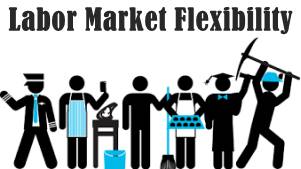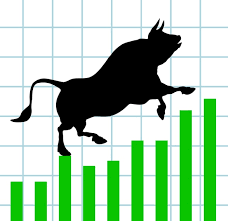
Table of Contents
Labor Market
What is the Labor Market?
Also known as the job Market, the labor market signifies the supply and Demand for Labor wherein the employees offer the supply and employers offer the demand. It is one of the significant parts of an Economy and intricately associated with markets for services, products and Capital.

At the level of macroeconomic, demand and supply get influenced by international as well as domestic Market Dynamics and several other factors, such as the education levels, the population age and immigration. Related measures are Gross Domestic Product (GDP), total Income, participation rates, productivity, and unemployment.
On the other hand, at the microeconomic level, individual companies interact with employees by hiring and firing them along with increasing or decreasing hours and wages. This relation between demand and supply influences the employees to work hour and compensation that they receive in benefits, salary and wages.
Macroeconomic Theory and the Labor Market
As per the macroeconomic theory, the reality that wage growth is lagging productivity growth signifies that the labor supply has outpaced the demand. When this happens, there is downward pressure on salaries and wages as workers start competing for a limited number of jobs. And, employers get to choose their labor force.
On the other hand, if demand is more than supply, there is upward pressure on salaries and wages as workers get the bargaining power and can switch to high paying jobs. Also, there are several such factors that impact labor demand and supply.
For instance, if there is an increase in immigration to a specific country, it grows labor supply and depresses wages potentially, especially if new workers are ready to work at lower wages. Another reason that can affect labor supply is an ageing population.
Talk to our investment specialist
Microeconomic Theory and the Labor Market
The microeconomic theory concentrates on labor demand and supply at the level of individual worker or company. Supply, or the number of hours that an employee is ready to work – increases with an increase in wages.
Obviously, no worker will be voluntarily ready to work without getting anything in exchange. And, more people will be ready to work at higher wages. Supply gains might also accelerate increased wages as the Opportunity Cost of not working added hours may increase. But then, supply may reduce at a specific wage level.
All efforts have been made to ensure the information provided here is accurate. However, no guarantees are made regarding correctness of data. Please verify with scheme information document before making any investment.












